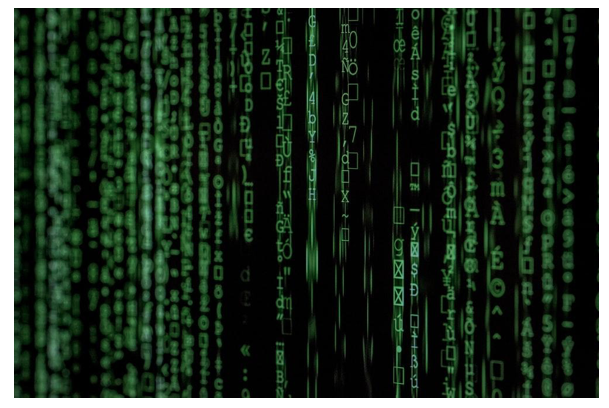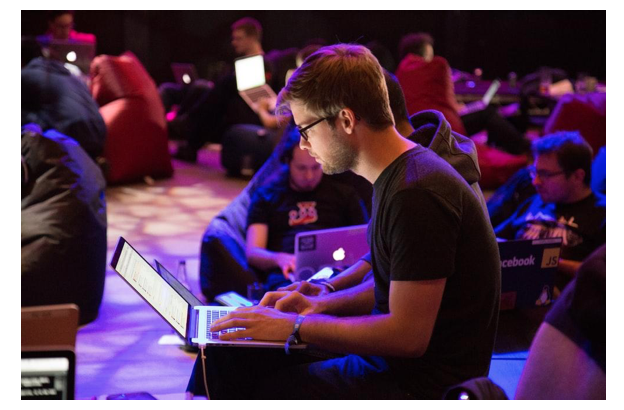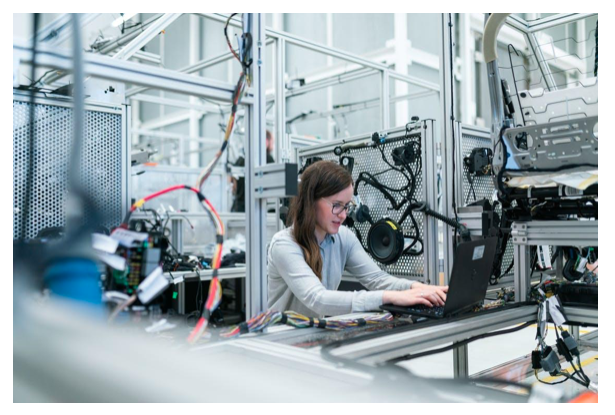
- ADA is the token used for the Cardano Blockchain.
- The Cardano Project Launched in 2015 by Charles Hoskinson, also a co-founder of Ethereum.
- Cardano uses multiple layers, settlement, and computational.
ADA has seen massive growth throughout the entirety of 2020.
The Future of ADA
The cryptocurrency industry, due to its high level of popularity in recent years, has created a lot of opportunities for new and exciting projects that have entered the market, one of these projects is of-course the highly popular Cardano and its coin known as ADA.
Cardano (ADA) is the groundbreaking proof-of-chain blockchain network that is developed into a decentralized application or DApp platform that has a multi-asset ledger and verifiable smart contracts.
Remember that before you decide to purchase the ADA cryptocurrency token, you need to choose a reliable cryptocurrency exchange, and always store your wallets in a secure wallet, preferably a cold storage device.
Sponsored
Before we can get into what the future for ADA holds, we have to understand a bit more about its history.

The History of Cardano
The Cardano project was originally started all the way back in 2015 with a company behind its development known as Input-Output Hong Kong or IOHK. Cardano was founded by Charles Hoskinson who is also one of the people who co-founded the Ethereum network.
The aim of this company is to create a blockchain that can perform a lot faster and better than many other, older blockchains such as Ethereum, which means that it should be able to process much more and much cheaper as well as faster transactions.
Sponsored
At the time Charles believed that Cardano was a third-generation blockchain, with bitcoin being the first, and Ethereum being the second. Keep in mind that Cardano is the name of the blockchain, while ADA is the coin.
This blockchain platform also shined due to the fact that it allows people to create smart contracts, which in turn allowed two or more people to enter an agreement without the need of a third party. Once the predefined conditions are met, everything else is fully automated as a result.
This in turn leads us to the conclusion that Cardano is decentralized, and that it is not controlled by a single authority. The transactions and smart contracts are verified by the community who does so by contributing their computing power.
The main way Cardano shined is due to the fact that the team raised $63 million throughout its first ICO, and since then the ADA coin has reached high in terms of market capitalization.
For those who are uninitiated, an ICO is an initial coin offering and is a way for cryptocurrency companies to raise funds.
Cardano (ADA) overtook Ripple (XRP) to become the world’s fourth-largest cryptocurrency.

How Cardano Works
In order to understand what the future holds for ADA, we first need to analyze how its blockchain Cardano works.
First, you have the settlement layer, which has been built and is fully operational. This in turn allows users to send and receive ADA coins, wallet to wallet.
Second, you have the computation layer, which allows users to create and enter into smart contracts.
The Cardano network confirms transactions through the usage of a consensus mechanism known as proof-of-stake.
People who want to help validate the transactions are known as validators.
These validators have to freeze some of their ADA coins, and this is called making a “Stake”.
Once the transaction is verified by a validator, they receive additional ADA currency as a reward. The higher this stake, the more chance a validator has of receiving the reward. The amount of coins a validator receives is based on how much “stake” they have.
On the Flipside
- Cardano is proclaimed to be the third generation of blockchain
- It has a two-layer system where each layer is responsible for a complete set of tasks
- The privacy of the transactions is guaranteed
- It uses a more environmentally friendly proof-of-stake model
The ADA Token Explained
The ADA is the native token of Cardano and it is named after Ada Lovelance, which is a 19th-century mathematician who is considered the first computer programmer, and happens to be the daughter of a poet known as Lord Byron. This digital currency allows any user to use it as a secure exchange of value. This does not require any third party to mediate the exchange, and every transaction is recorded on the Cardano blockchain. Furthermore, every single ADA holder has a stake in the Cardano network, and ADA is stored on a wallet that can be delegated to a stake pool in order to earn rewards.
ADA tokens can be bought or sold for FIAT or another cryptocurrency through the usage of exchanges, and as an ADA holder, you need to keep your funds secure and private keys private. Always avoid keeping your cryptocurrency in an exchange longer than necessary, and use a cryptocurrency cold wallet whenever applicable.
The main way Cardano differentiates itself is due to the fact that it is one of the biggest blockchains that successfully uses a proof-of-stake consensus mechanism that is less energy-intensive than the other proof-of-work algorithm that is used by coins such as Bitcoin. The project has ensured that all of the technology developed goes through a process of peer-reviewed research, which means that bold ideas can be challenged even before they are validated.

Throughout the recent history of Cardano (ADA), we notice an increase in price, with an estimation that the price will head even higher. This is due to the fact that the blockchain network ADA has allowed for multiple types of cryptocurrencies to be traded on it, and has been gaining value after its massive growth throughout the entirety of 2020.
There have been numerous investors that have taken an interest in ADA, and as such we can expect it to rise in popularity and in value throughout the entirety of 2021. Some are estimating that the price of ADA can reach $2 to 5$ throughout the year, which would be a massive increase in value.
ADA has an amazing development team behind it, with a founder who has worked on Ethereum and even BitShares. It is the first blockchain to ever use multiple layers, known as settlement and computational layer, and it essentially has no scaling limit. The more people use the blockchain, the more transactions can be processed. The ADA currency offers quick and cheap transactions, and the consensus mechanism is environmentally friendly and fairer.
ADA Cryptocurrency Fees
The Cardano transaction fee is the cost of having transaction data included In blocks that are added to the blockchain permanent record. This in turn fluctuates under market supply and demand. The average fee for a transaction is 0.16 ADA.
There are two reasons why these fees are required. People who run full Cardano nodes spend a lot of time and effort to run the protocol, and they should be compensated as a result. Transaction fees are also prevention for Distributed Denial of Service or DDoS attacks.
They work in the way where if somebody wants to transfer an amount of ADA, a minimal fee is commutated for that transaction. All of these transaction fees are collected in a virtual pool and then distributed amongst participants.

The Future of ADA
Cardano also signed a Memorandum of Understanding with the State of Georgia on June the 17th of 2019.
Partnerships are also an essential part to long-term adoption and Cardano has a strong foundation in this area as it has a partnership with an EU-based institution known as “Privilege”, and has even received funding from the EU’s innovation program.
ADA is currently trading at $1.12, which is astronomically high when compared to the performance it had last year. It has strong momentum and a market cap of $28,892,896,362 USD. Since this platform is known as the Ethereum of Japan, it is going to surge upward in value within the entirety of 2021.
The Cardano roadmap has 5 different stages, and each of them is known as an Era. They are named after philosophers, including Byron, Shelly, Goguen, Basho and Volatire. They all represent one central point that has to be implemented, and go through the following timeline: foundation, decentralization, smatrt contracts, scability and governance.
Cardano (ADA) announced $1,000,000 funding for Project Catalyst New Stage, and even upgrades Daedalus wallet. Project Catalyst is a unique and community-driven attempt at facilitating the growth of the Cordano (ADA) system itself.
The Star of Kiss known as Gene Simmons also purchased $300.000 worth of Cardano recently, showcasing even more support for this next-generation blockchain.
Since it has set its goals high of being the third generation of crypto with the goal of overcoming many of the issues other cryptocurrencies have, it is designed with the aim of offering fast transfers as well as being a platform for financial applications. The estimate currently is that it can reach up to $10 to 20$ by 2023.
Cardano also has one of the most active communities as well as the most accredited researchers and developers associated with it.
On February 19th of 2021, the team released Deadalus version 3.3.0 which introduces native token support for the Mary protocol update. This version also added Project Catalyst Fund3 voting registration, configurable SMASH servers and allows the import of wallets from ‘secret.key’ files that are featured in earlier Deadalus releases. It also added support for ledger devices that are configured with a secondary PIN. This leads us to the conclusion that the development of ADA is and Cardano as a whole is bright and the team never stops innovating.
The world of cryptocurrencies is still quite volatile, but ADA is looking up.
